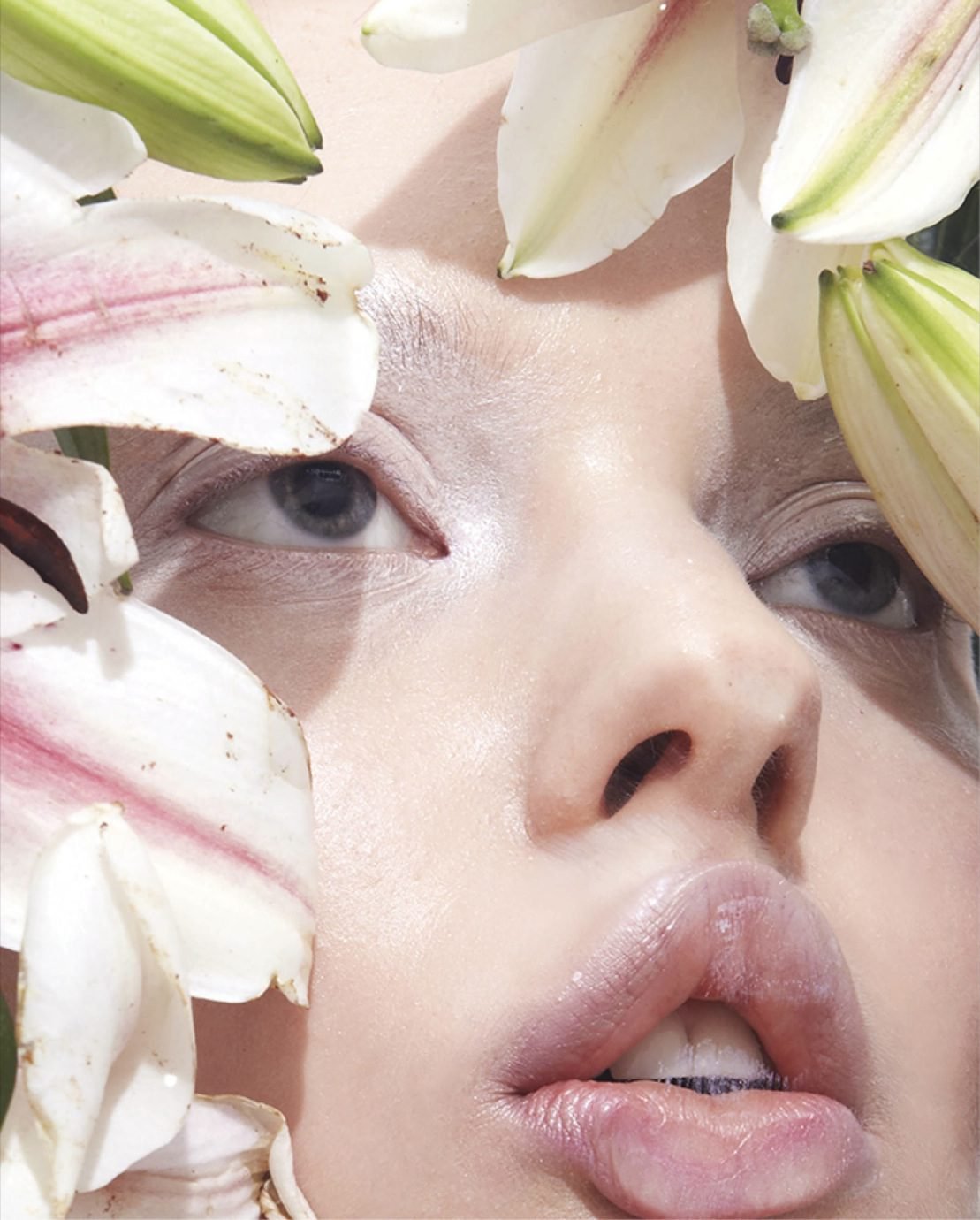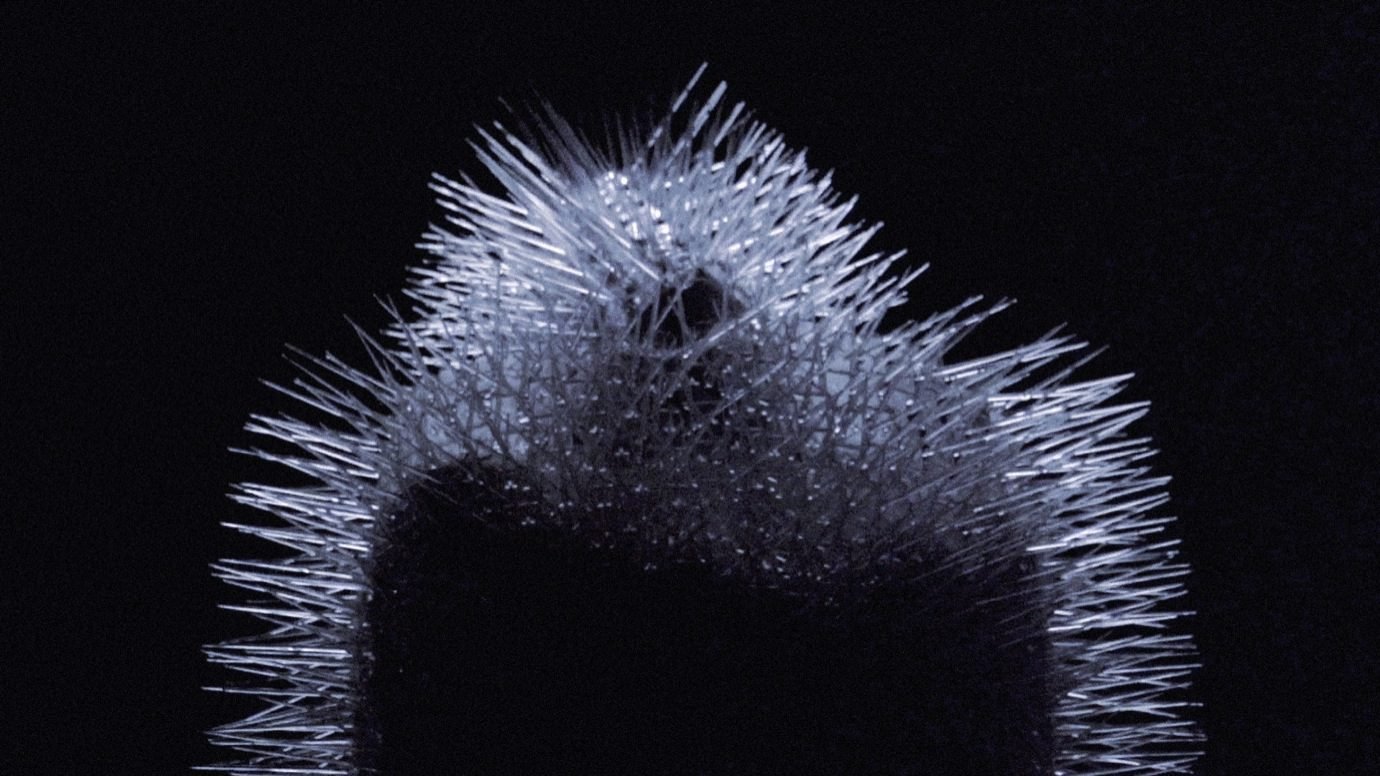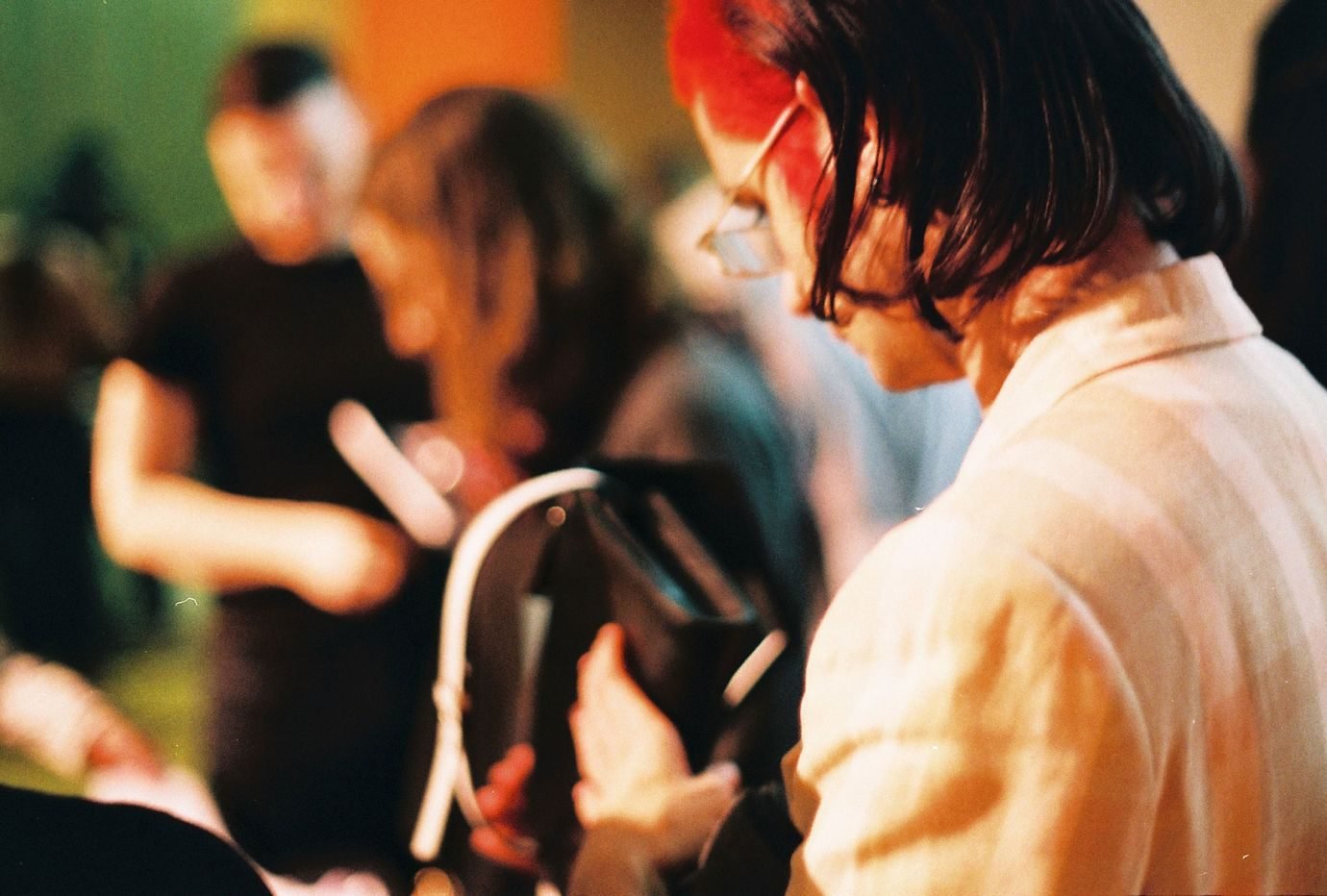While Rukpong Raimaturapong is talking us through his work as a multimedia artist from his studio flat in Paris, a white light pierces through the window, gently glides on the silky surface of the suits and jackets hanging on a rack behind him, and makes them glimmer. In those mornings when the northern sky is so dull and dense, it seems to occupy its own space in the room, the pale walls of a rented flat (that’s how you might recognise one) may appear even more bare and glacial. Those clothes, however, that belong to his last collection, provide a vivid, reassuring background for Rukpong’s smiley face. And, according to the Thai designer, to inspire a sense of liveliness and shift the focus from the turmoil of our times was the main purpose of the project.
“I’ve lived in Thailand for most of my life and even inside our houses we have no control over colour; we just buy things without thinking if they go together or not.” – Rukpong Raimaturapong
“United” is a reinterpretation of the men’s wardrobe, from suits to sportswear, through a masterful, yet refreshing use of shapes, materials and colours. With the latter being not just simply an absolute protagonist of the collection – it is the way he pairs a fuchsia, wide-brimmed, straw hat and a silken, tight suit in the most electric blue, that catches the eye – but also of all Rukpong’s imagery. In his Instagram account, blending among the pictures from his works and still life compositions, there are the snaps, intentionally blurred and raw, of his time in Thailand. Between visual diary, street photography and fashion portfolio, the designer carries out an exploration of colour, from its plasticky, cheap textures to its most precious use in handwoven textiles. “I’ve lived in Thailand for most of my life and even inside our houses we have no control over colour; we just buy things without thinking if they go together or not. And then you step outside and there are buildings in different colours too. We just add things on, renovate and paint whatever we want. It’s a very postmodern approach to architecture and design, and I think this sense of colour is already embedded in the environments and in the way we live.”

































